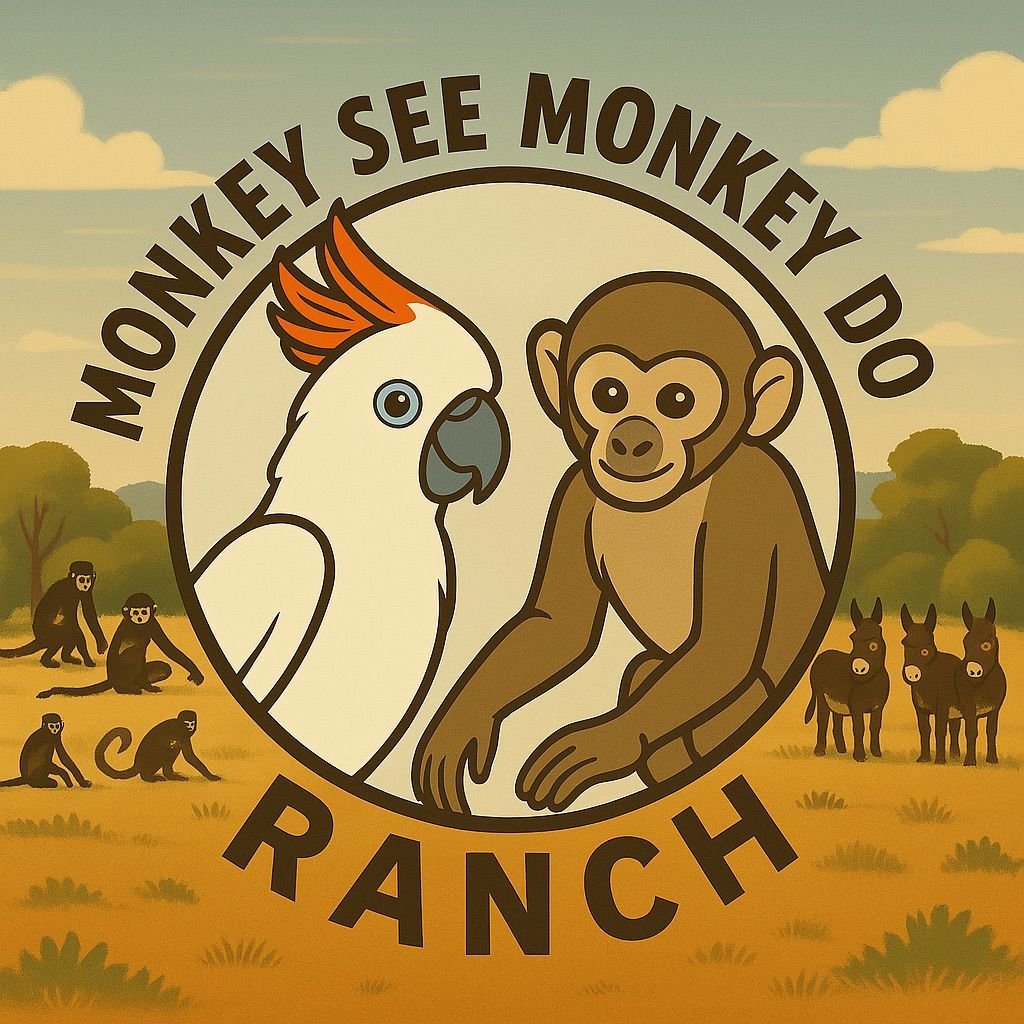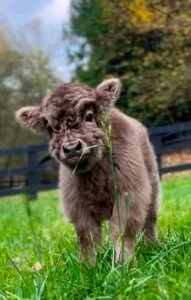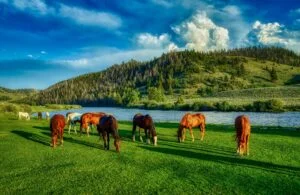Life on a ranch is a unique blend of hard work, nature, and quiet fulfillment. It’s a lifestyle that demands physical effort and mental resilience but rewards with peace, open skies, and a close connection to the land. Unlike the 9-to-5 schedule in cities, ranch life runs on nature’s clock—sunrise and sunset shape the day more than any watch.
The morning starts early, often before dawn. Ranchers rise with the sun to feed livestock, check water supplies, and make sure all animals are healthy. Whether it’s cattle, horses, chickens, or goats, each species has its own needs, and tending to them is a daily priority. Even the dogs and barn cats get in on the action, often following ranchers from task to task.
One of the core tasks on a ranch is managing livestock. This includes feeding, breeding, herding, and sometimes medical care. Cattle might need to be rotated across pastures to prevent overgrazing. Horses might need grooming, training, or exercise. Ranchers often become experts in animal behavior, spotting signs of distress or illness before they become major problems.
In addition to livestock, many ranches grow crops or maintain gardens. Depending on the size of the ranch, this might mean acres of hay, fields of corn, or a modest vegetable garden. Growing your own produce not only supports the household but also adds to the sustainability of the operation. It’s common to see ranchers canning, preserving, or trading goods with neighbors.
Maintenance is an ongoing part of ranch life. Fences break, barns need repairs, machinery requires upkeep. A single storm can cause a day’s worth of unexpected chores. Ranchers need to be handy with tools, tractors, and sometimes even welding equipment. Resourcefulness is part of the job—when something breaks, there’s often no one around to fix it but you.
Wildlife and weather are ever-present factors in ranch life. From deer and coyotes to snakes and hawks, wild animals are part of the ecosystem. Sometimes they’re a threat to livestock, other times they’re simply part of the scenery. Weather, too, can make or break a day. Droughts, storms, and harsh winters require constant vigilance and adaptability.
Despite the tough work, there’s something peaceful about ranch life. There’s room to breathe, to think, to enjoy the rhythm of the natural world. Watching a sunset over your land or listening to the wind through the trees is a reward in itself. Many ranchers find that the solitude isn’t loneliness—it’s freedom.
Ranching is often a family affair. Kids grow up learning responsibility, helping with chores, and understanding where their food comes from. Elders pass down knowledge that’s been in the family for generations. Meals are hearty and earned, and evenings often bring stories, laughter, and the kind of tiredness that feels good.
Modern technology has made ranching more efficient but hasn’t changed the core values. Many ranchers use drones, apps, or smart sensors to monitor land and livestock, but at the end of the day, it’s still about hard work, resilience, and respect for nature. The blend of old and new keeps ranching both traditional and forward-thinking.
Life on a ranch isn’t for everyone, but for those who choose it, it offers a rich and grounded way of living. It teaches patience, grit, and gratitude. There’s a pride in producing your own food, caring for animals, and maintaining your land. It’s a life built on effort and reward, and for many, there’s no better way to live.




